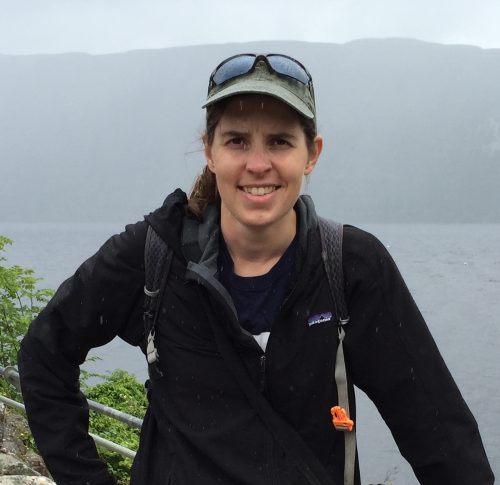
Canadians love both cats and birds, says University of Guelph researcher Elizabeth Gow. However, cats are a major predator of birds in Canada, killing an estimated one to three million birds annually.
“Framing cats as the enemy, however, has many Canadians feeling that conservationists are attacking their furry friends with little concern for cat welfare,” Gow said.
Meanwhile, cat overpopulation is harming felines themselves by contributing to unnecessary disease transmission, illness, injury and death, she said.
Gow hopes to change things by developing conservation plans that benefit both cats and birds, with the backing of a prestigious international research fellowship.
This week, she was named one of four international Liber Ero Fellows. Recipients are based at Canadian universities with mentor teams.
“The 2018 Liber Ero fellows will tackle some of the thorniest conservation issues in Canada, grappling with conflicts between wildlife and human activities,” said program director Sarah Otto.
“I am excited to see how their research will combine innovative science and collaboration with local communities to bring about solutions.”
Gow will assess the impacts of feral and owned cats on Canada’s wild bird populations.
“Given the influence that cats have on wild bird populations, we desperately need data-driven solutions,” she said.
“I aim to develop conservation solutions that help birds, cats and people.”
Gow, also an NSERC postdoctoral fellow, will work with integrative biology professor Ryan Norris and Ontario Veterinary College professors Jason Coe and Shane Bateman, as well as with experts from Nature Canada and Bird Studies Canada. Also involved is Tyler Flockhart, a former Liber Ero Fellow and U of G PhD graduate now at the University of Maryland Center for Environmental Science – Appalachian Lab.
Using GPS tracking and video cameras, Gow will assess how many and what species of birds are being killed by cats. Specially positioned trail cameras will assess free-roaming cat populations.
She will also use surveys and veterinary records to develop “heat maps” that identify areas where bird mortality, free-roaming cat populations and cat mortality are the highest.
“Collectively these data will help identify the areas where cats pose the biggest threat to birds and where cats may also face the biggest threats,” Gow said.
“By approaching this complex conservation issue by focusing on what is best for both cats and birds, I envision my research helping conservation efforts by bringing together cat-lovers and bird-lovers.”